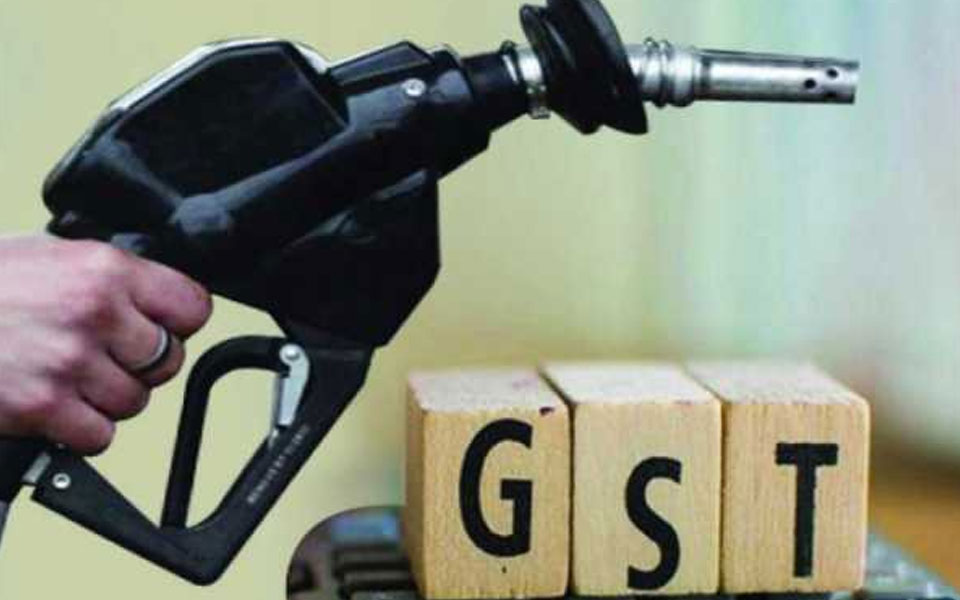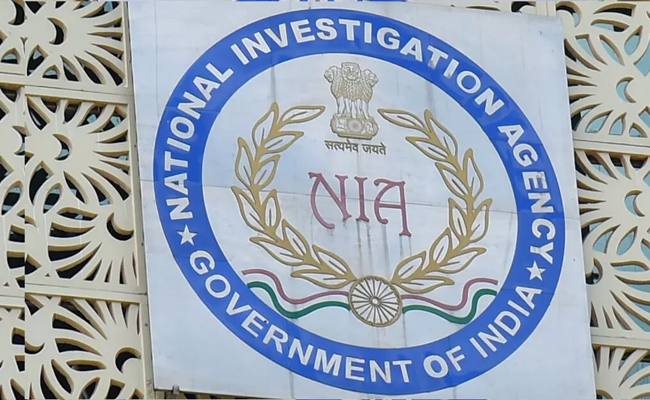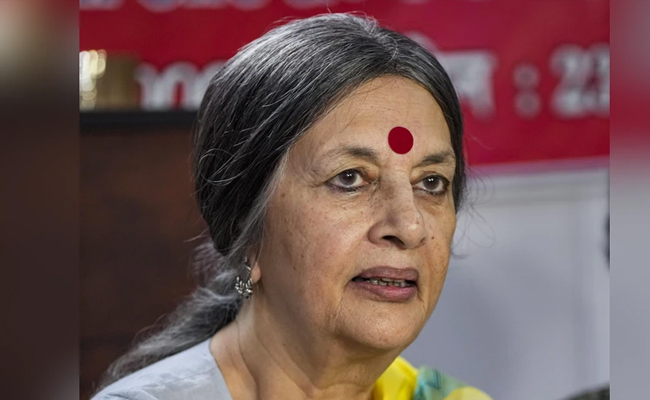A bandh called to protest the rising fuel prices was a total success. The whole credit of this success should go to Narendra Modi and no one else. This bandh was not a result of some pressure brought on another political party. The country responded voluntarily. The value of rupee is continuing to fall against the dollar. The devaluation of rupee and rising oil prices are two faces of the same coin. The government is stumped at their pace.
Today there are no economic experts within the government to explain why this has happened. Politicians are speaking the way it pleases them. Sanyasis and babas are confusing people. They are confusing people on social media by releasing fake and concocted stories. The moment someone raises a question about rising prices, the Modi followers are defending the government and speak about rising fuel prices during UPA period. There are fake sites like Post Card etc are floating stories that peddle such nuisance.
Instead of controlling rising fuel prices, the government is busy defending its decision, and preparing itself to face challenges that lie ahead. It means, the government will never reduce the prices. Also, this means “you must tolerate this for Modi’s sake”. Is it not possible to reduce the prices? Or does the government not want to do it? We need to find an answer to this question. Whose interest is the government trying to protect by acting like an innocent victim when it comes to rising fuel prices? It is not favouring people for sure. This increase in fuel prices can affect all other essential commodities too. To query on why the fuel prices were increasing, the government points finger at crude oil and decreased rupee value against global cues. The government says they cannot control the price of petrol. At the same time, the government is cleverly concealing the fact that other countries in Asia continent have priced their fuel lesser than India.
So why is India paying more for petrol and diesel? The whole reason for this is the taxes that are levied on the fuel. State and central governments add VAT to this. The central government is receiving Rs 19.48 tax for petrol and Rs 15.33 for diesel. Above this, the state governments add their VAT as well. The indirect taxes on petrol and diesel are 100% on petrol and 70% in diesel. If not for these taxes, despite the increase in crude oil, petrol and diesel could be sold at Rs 40 per litre. NDA is heavily dependent on oil products for its excise duty collection. The share of tax revenue collected during 2009-14 was about 8.9%. In 2014 – 15 and 2017-18, this average has increased to 12.5%. At the same time, the corporate taxes that was at 36.5% during UPA II, has come down to 30.7% with NDA> Income tax that stood at 19% during UPA II has increased to 21% during NDA. These numbers reveal the priorities of both governments.
On one hand, corporate tax has come down, and the share of tax of fuel consumers and income tax payers has increased. The poor and the middle class are being sucked dry to make things comfortable for the corporates. Hence if the unnecessary tax levied on fuel is brought down, the general public can breathe easy. There is a need to bring petrol and diesel like kerosene and LPG under GST tag. Even if they are levied with 28% GST, oil prices won’t cross Rs 55. The loss incurred here can be made good for, by way of removing tax holiday for corporate companies.
Data says government loses Rs 85,000 crore annually owing to tax holidays given to the corporate companies. For that, the government is baying for the blood of the poor, to ensure the rich ones live. This corporate-friendly approach in taxing people has forced people to the brink. The government needs to make clear whether the government is pro-poor or pro-rich in its approach.
Let the Truth be known. If you read VB and like VB, please be a VB Supporter and Help us deliver the Truth to one and all.
Mumbai (PTI): In view of Argentine superstar footballer Lionel Messi's visit to Mumbai on Sunday, the city police are implementing stringent security measures, like not allowing water bottles, metals, coins inside the stadiums and setting up watchtowers to keep an eye on the crowd, officials said.
The police also said taking extra care to avoid any stampede-like situation and to prevent recurrence of the chaotic situation that unfolded in Kolkata during Messi's visit on Saturday as thousands of fans protested inside the Salt Lake stadium here after failing to catch a clear glimpse of the football icon despite paying hefty sums for tickets.
Messi is expected to be present at the Cricket Club of India (Brabourne Stadium) in Mumbai on Sunday for a Padel GOAT Cup event followed by attending a celebrity football match. He is expected to proceed to the Wankhede Stadium for the GOAT India Tour main event around 5 pm.
"In view of Lionel Messi's visit to Mumbai, the police are geared up and have put in place a high level of security arrangements in and around the stadiums located in south Mumbai. Considering the chaos that prevailed in Kolkata and the security breach, we have deployed World Cup-level security arrangements at Brabourne and Wankhede stadiums," an official said.
Expecting heavy crowd near the stadiums during Messi's visit, the city police force has deployed more than 2,000 of its personnel near and around both the venues, he said.
As the Mumbai police have the experience of security 'bandobast' during the victory parade of ICC World Cup-winning Indian team and World Cup final match at the Wankhede Stadium, in which over one lakh cricket fans had gathered, we are prepared to handle a large crowd of fans, he said.
"We are trying to avoid the errors that occurred in the past," the official said.
There is no place to sneak inside the stadiums in Mumbai like the Kolkata stadium, according to him.
The police are also asking the organisers to provide all the required facilities to the fans inside the stadium, so that there will be no chaos, he said, adding the spectators have purchased tickets in the range of Rs 5,000 to 25,000. After paying so much of amount, any spectator expects proper services, while enjoying the event, he said.
The police are expecting 33,000 spectators at the Wankhede Stadium and over 4,000 at Brabourne Stadium. Besides this, more than 30,000 people are expected outside and around the stadiums just to have a glimpse of the football sensation, he said.
The organisers responsible for Messi's India visit recently came to Mumbai to discuss security arrangements. During the meeting, the Mumbai police asked them not to take the event lightly, according to the official.
After those requirements were fulfilled, the final security deployment was chalked out, he said.
Police has the standard procedure of the security arrangements inside the Wankhede Stadium, where people are barred from taking water bottles, metals objects, coins. Police are setting up watch towers near the stadiums and there will be traffic diversions, so that there is maximum space available to stand, according to the official.
Police are also appealing to the spectators to use public transport service for commuting and avoid personal vehicles to reach south Mumbai.
To avoid any stampede-like situation, police are also taking precautionary measures and will stop the fans some distance ahead of the stadium and public announcement systems will be used to guide the crowd. Barricades will be placed at various places to manage the crowd.
In case the crowd swells up beyond expectation, the police will divert people to other grounds and preparations in this regard underway, he said.
Additional police force has been deployed in south Mumbai to tackle any kind of situation, he said.





